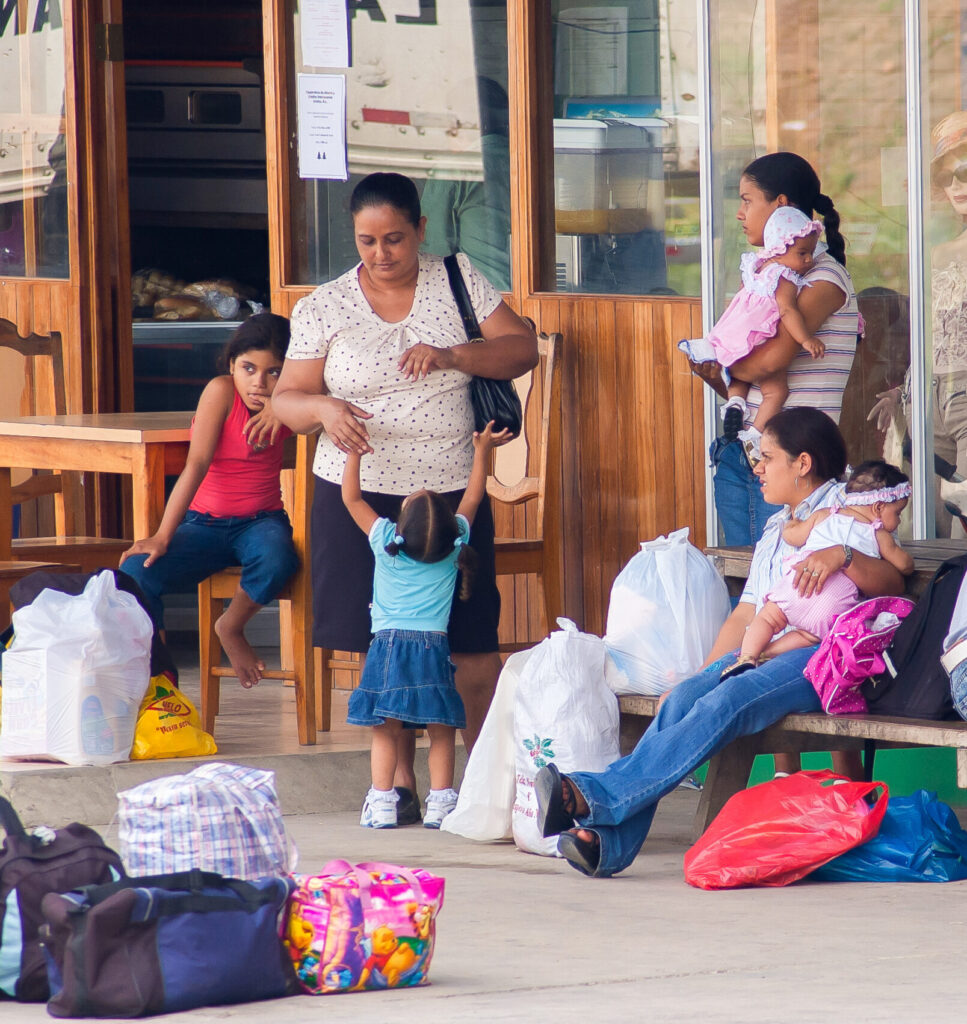
As of March 19, the World Health Organization reported 191,000 confirmed cases of coronavirus and an estimated 7,800 deaths globally. Most of these cases are concentrated in China, Italy, South Korea, and Spain with cases in Western Europe and United States growing exponentially. In the meantime, the virus is continuing its unstoppable spread across the globe into markets with more poverty and less developed public health infrastructure to respond to the challenge.
So far, the number of reported cases in these countries is low. In Sub-Saharan Africa, there are less than 250 confirmed cases. However, most experts agree that the number of actual cases is much higher or will be very soon. Several African nations have taken early steps to block the virus’s advance, but given the limited public health infrastructure, there’s a pervasive fear that the effects of the virus will be crippling when they hit. The need to flatten the curve in Africa is arguably more pronounced than in Western nations, where the capacity of hospital systems is lower (Kenya, for instance, only has 7,000 beds and 130 intensive care units for a country of 50 million people) and there are almost 30 million people living with HIV/AIDs (in addition to other high-risk segments).
As we’re seeing in Europe and North America, the virus is likely to have profound economic impacts as the health effects of the virus multiply and the movement of goods and people is increasingly constrained in response. If the evidence on natural disasters is any indication, low-income households will be disproportionally affected by this shock.
Low-income households will likely be disproportionally affected by the coronavirus shock.
Despite being less contagious but much more deadly, the 2014 Ebola outbreak in West Africa likely provides our best corollary for understanding the economic havoc coronavirus could wreak in developing countries. In a report examining Ebola’s impact on poverty, the UNDG noted that food insecurity and undernourishment increased dramatically as a result of the “restriction of movements of goods and services, the quarantine of communities that are food baskets of the affected countries, the fear of trading with affected areas, [and] the closure of borders and international stigmatization.” Sound familiar? The report noted Ebola significantly altered forecasts for changes in poverty levels, flipping them on their heads to projected increases in poverty by as much as 17 percent.
Ebola challenged the microfinance sector in Guinea, Liberia, and Sierra Leone. In Sierra Leone, one study of microentrepreneurs suggested their revenues dropped by 35 percent and that their households had to cut consumption by just as much. MFIs lending to them decreased loan disbursements by 40 percent compared to the previous year, and portfolio at risk doubled in six months. BRAC suspended operations in these countries completely for seven months.
However, there were some bright spots. The digitization of payments to health care workers, especially in rural areas, was a critical component in maintaining the public health infrastructure and providing care to afflicted communities. And when BRAC restarted operations, there was a large demand for credit and repayment rates were high.
Coronavirus is not Ebola and this pandemic is going to present unique challenges to the financial sector. It will likely go on longer and infect and kill more people than Ebola by several orders of magnitude. Hundreds of millions of people will face restricted movement and with them, commerce will—and is already—slowing. What is the role of financial inclusion in such times? The financial inclusion community needs to do two things: get money to the people who need it as fast as we can, and keep as much money in their hands as possible.
The financial inclusion community needs to do two things: get money to the people who need it as fast as we can, and keep as much money in their hands as possible.
Getting money to people quickly is critical. To the degree that government and private institutions are able, they should keep lending and processing insurance payouts. Banks and agent networks need to maintain liquidity throughout their networks so households can cash out when they need to, and more importantly, we need to continue to promote digital transfers and payments across ecosystems to lessen the need for physical cash. Unconditional, litmus test-free cash transfers should be sent early and often.
It’s also important that we reduce demands on low-income households’ cash by delaying and/or reducing repayments and fees. This will ensure that the cash these households have available can focus on smoothing consumption and supporting health care costs in the near term and not servicing debt. On this latter point, I’ve heard of many lenders in our industry discussing how they can do just that. In Kenya, Safaricom and other mobile money providers are waving fees and raising limits on mobile money transactions, which is a prudent measure (also because it removes cash as a medium for transporting the virus).
These are critical steps and financial service providers (FSPs) who are on the frontlines of serving clients will need support from governments, development finance institutions, investors, and donors. FSPs committed to getting money to low-income households and keeping it there need the same consideration.
We also need to begin preparing now for when restrictions on movement will ease and commerce starts functioning more normally to maintain the poverty-alleviation gains the globe has achieved. After Ebola, MSMEs were eager to borrow to jumpstart their livelihoods when the crisis was over. And more generally, the evidence shows that a real strength of financial services is in helping households be resilient in the aftermath of disasters and humanitarian crises. Cash transfers, credit, insurance, and savings all have high degrees of efficacy in helping households restore their well-being. Low-income households with access to these tools tend to outperform households that do not on revenue generation, consumption, and health measures.
This is going to be a major stress test for financial inclusion, but we mustn’t delay: the time to act is now. It’s only a matter of days until these markets face this unprecedented economic, social, and public health crisis.
Eric Noggle, Senior Research Director, CFI“This is going to be a major stress test for financial inclusion, but we mustn’t delay: the time to act is now. It’s only a matter of days until these markets face this unprecedented economic, social, and public health crisis.”










